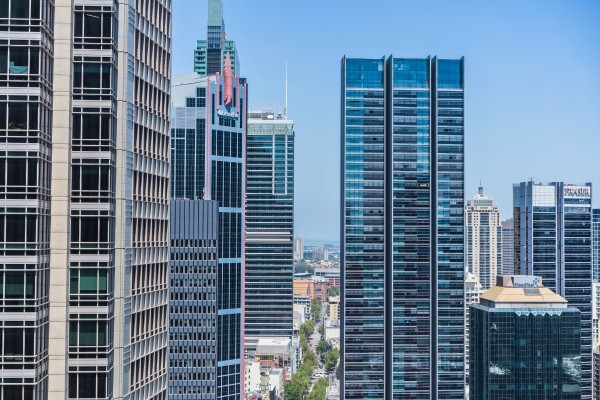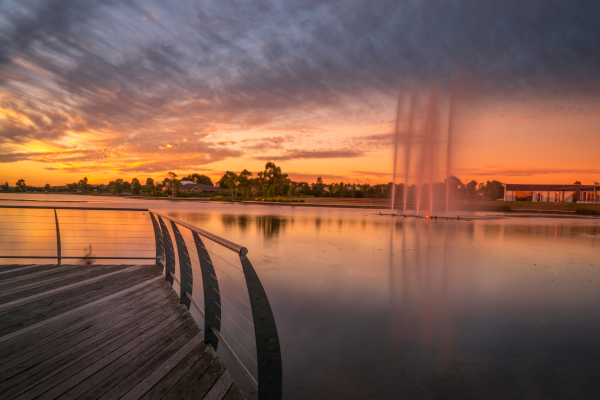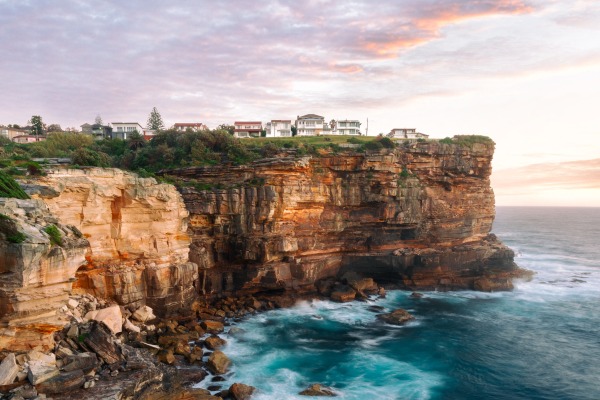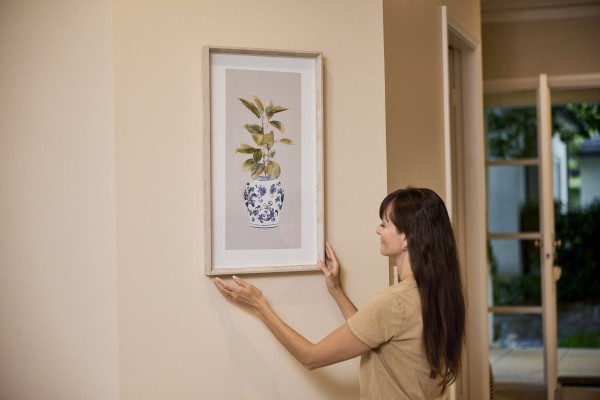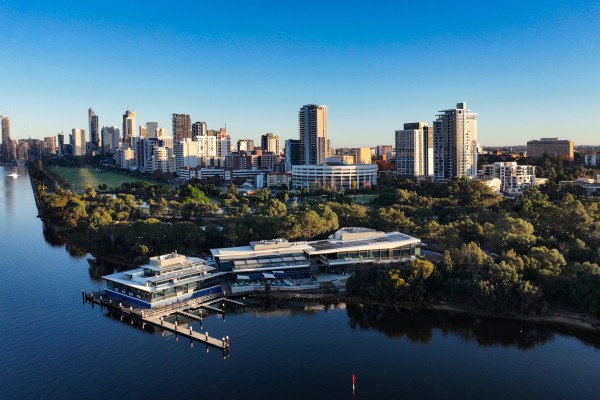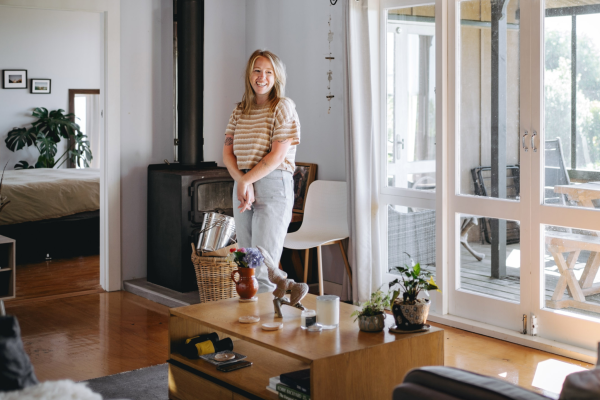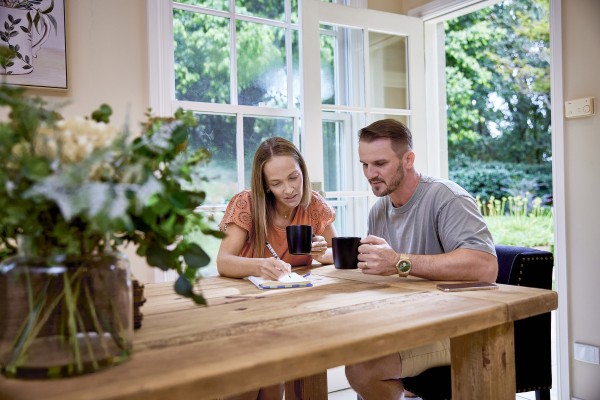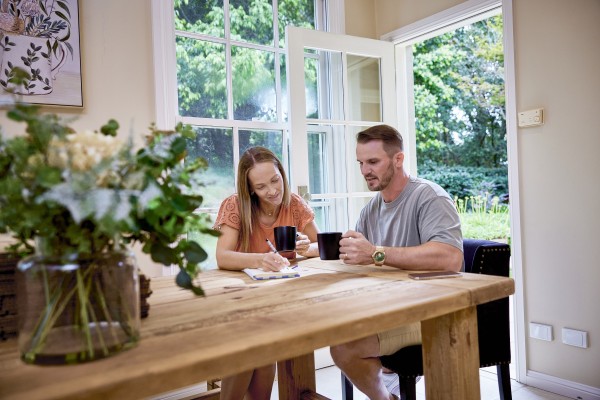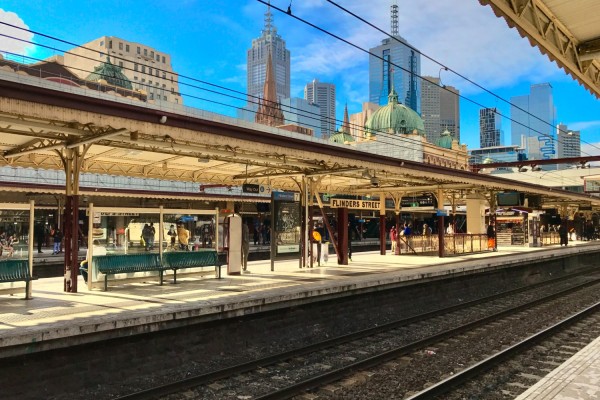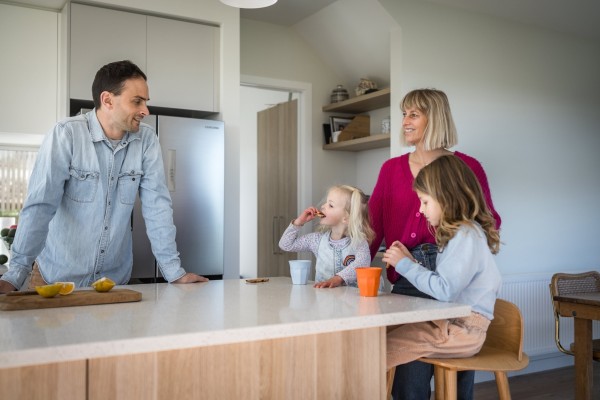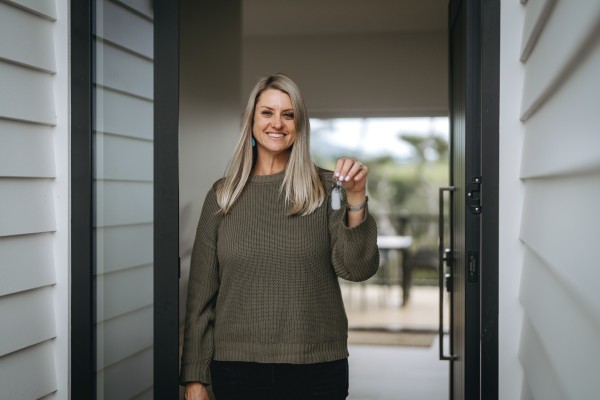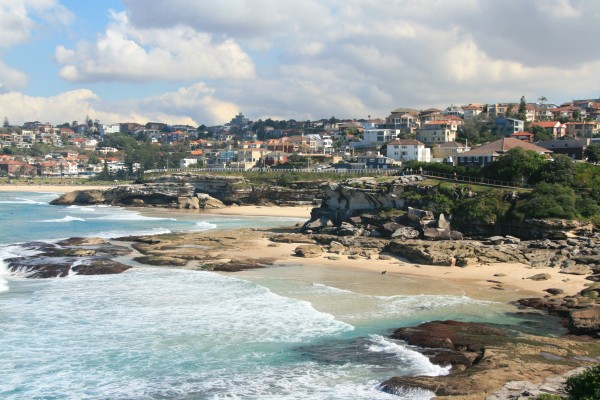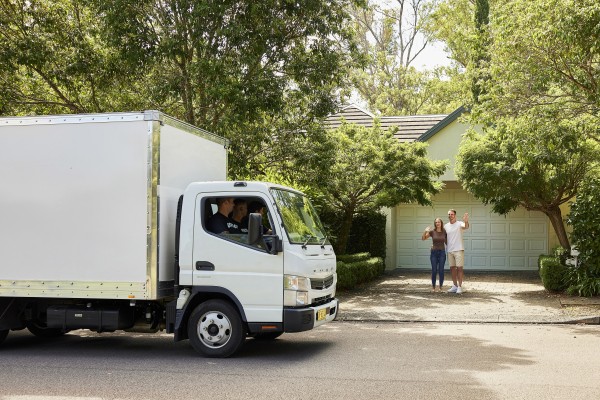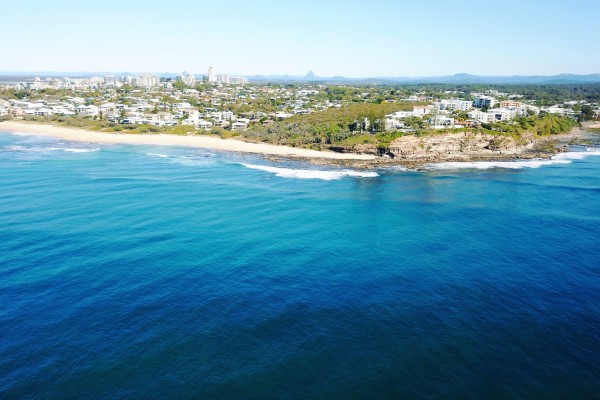Best Cities to Live in Australia


Australia’s capital cities are about as diverse as they come - each city with its own attractions, way of life, weather, culture and quirks. But which city tops the most livable list?
In this article, we’re exploring the Aussie capitals that landed a place in the top 20 Global Livability Index 2025.
We’re weighing up the pros and cons of each city and uncovering which has been named as the best city in Australia on the livability score board.
A bit about the Global Liveability Index 2025
The Global Liveability Index, published annually by the Economist Intelligence Unit (EIU), evaluates 173 cities worldwide, using five key categories: stability, healthcare, culture and environment, education and infrastructure.
This year 173 countries were evaluated as part of the process and Australian cities earned 5 spots in the top 20.
Sydney, Melbourne, Adelaide, Brisbane and Perth all got a mention - so let’s see how they all stack up and which city was named Australia’s best city.
The 5 best cities to live in Australia
1. Melbourne, Victoria - Most liveable city in Australia
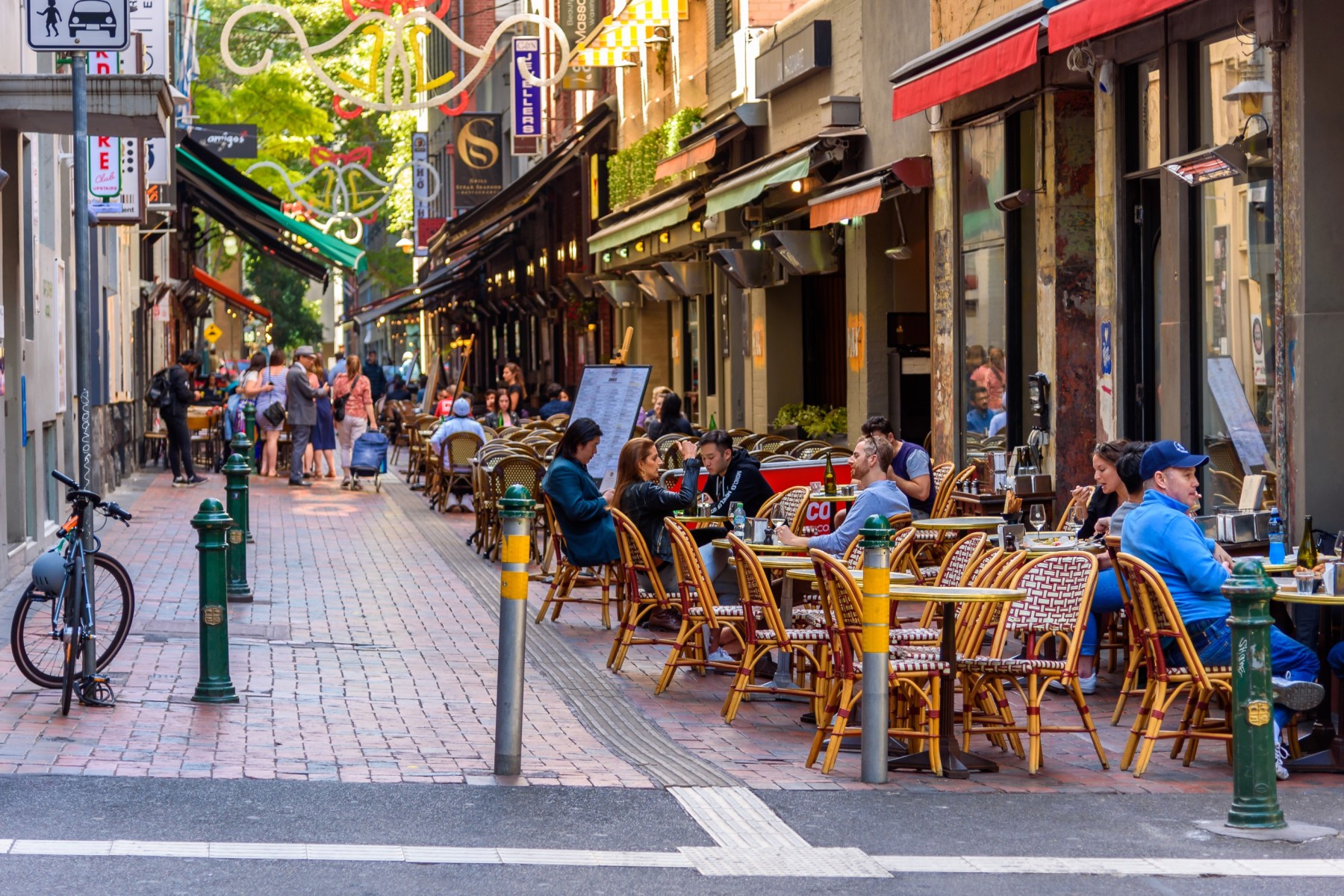
Melbourne, Victoria took out the top spot for the most livable city in Australia and 4th most livable city in the world in this year’s Global liveability index. Often referred to as Australia’s cultural and sports capital, it boasts a thriving arts scene with numerous galleries theatres and music venues as well as iconic sporting events such as the Melbourne Cup, Australian Open and AFL matches.
Tourist Attractions
- Federation Square
- Royal Botanical Gardens
- Queen Victoria Market
- Eureka Skydeck
- National Gallery of Victoria
- Hosier Lane
- Luna Park
- Melbourne Cricket Grounds (one of the most iconic sports stadiums in the world)
- Melbourne International Comedy Festival
You’ll love living in Melbourne if…
You’ll love living in Melbourne if you are wanting to settle down in a bustling metropolitan that’s loaded with an array of food, fine arts, festivals and sports. Overall, it’s perfect for anyone who loves to immerse themself in an eclectic mix of experiences and can embrace the busyness that comes with a cultural hub.
The pros of living in Melbourne
1. Cultural richness
Whether its vibrant street art in the laneways or world-class theatre productions, Melbourne showcases the best of the best when it comes to cultural experiences. Including some of best coffee roasters and cafes in Australia.
2. Natural landscapes
While Melbourne has a highly populated bustling CBD, it’s close proximity to green spaces and natural wonders such as the Great Ocean Road enable many an outdoor adventure for locals and visitors alike.
3. Healthcare
Melbourne is home to several leading public hospitals including the Royal Melbourne Hospital, Alfred Hospital, and Austin Hospital. In saying this, many Melburnians opt for private health care to access the range of specialist clinics and advanced medical technologies available.
4. Education
Melbourne is something of an education hub with some of Australia’s leading universities and research institutions on its doorstep including the University of Melbourne which is often hailed as one of the leading tertiary education institutes in the world.
5. Transportation
Getting around Melbourne is convenient and efficient thanks to its comprehensive transportation system. The city’s trams, trains and buses make commuting simple and accessible without the need to navigate road traffic and city congestion.
The cons of living in Melbourne
1. Cost of Living Melbourne
While Melbourne is ranked as the most liveable city in Australia, there’s a reason it’s not top of the global list. As is the case across a number of Aussie cities, Melbourne loses serious points when it comes to cost of living pressures.
Rental costs, property prices, and even the cost of groceries cause locals to dig deep into their pockets with the average family forking out close to $214 per week for food. According to the June 2025 Domain House Price Report, the median house price in Melbourne currently sits at $1,064,000. This marks a three-year high moving towards record territory by mid‑2026.
2. Weather in Melbourne
While Melbourne does get its fair share of sunshine each year, it’s well known for its unpredictable forecasts and for experiencing ‘all seasons in one day’. If you decide to move to Melbourne, expect days that start out with fog, evolve into a heat wave and end with a winter chill - that is not uncommon in this Victorian capital.
TIP: If you’re considering relocating to Victoria, you might want to check out our guide to moving house in Melbourne for suburb comparisons and tips.
2. Sydney, New South Wales
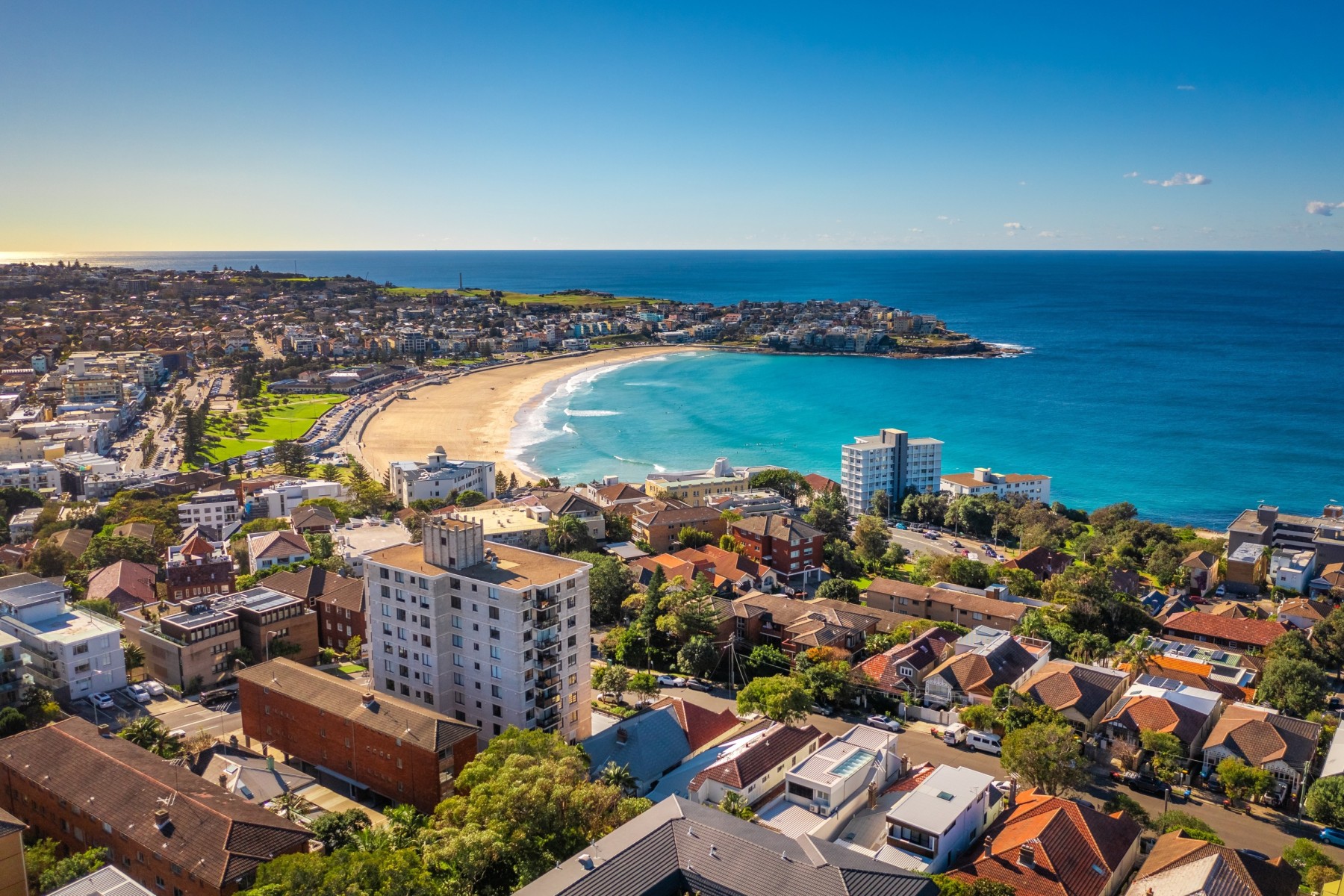
In second place is Australia’s most iconic capital city - Sydney. Renowned for its breathtaking harbour, globally recognised landmarks like the Sydney Opera House and vibrant cultural scene, you’d be forgiven for assuming that Sydney is number one on the Global Liveability Index 2025 - but you’d be wrong.
Sydney came in 6th Place on the 2025 livability list. It’s still not a bad result given almost 200 countries were in the running.
Tourist attractions
- Sydney Harbour
- Harbour Bridge
- Sydney Opera House
- Bondi Beach
- Royal Botanic Garden
- The Rocks
You’ll love living in Sydney if…
You’ll love living in Sydney if you're looking for a vibrant, yet relaxed lifestyle with easy access to cultural events, outdoor activities and quality healthcare and are in a financially secure position that can keep up with Sydney’s high cost of living.
The pros of living in Sydney
1. Economic opportunities
Sydney is Australia’s financial and business capital offering a wealth of job opportunities across a wide range of industries.
2. Cultural Diversity
The city is well known for its multicultural population. From Mardis Gras to music festivals, fine dining and community events, Sydney is home to a rich tapestry of cultural diversity that’s known and appreciated worldwide.
3. Natural landscapes
Mountains, beaches, waterways, surf and national park. Sydney and its surrounds have a smorgasbord of natural outdoor attractions.
4. Healthcare
Sydney has a robust healthcare system with both public and private options offering accessible and comprehensive care.
5. Education
Sydney is home to world-class education institutions including University of Sydney, UTS, and Macquarie University (all of which feature in the top 10 universities in Australia). Sydney is also home to the best primary school in Australia - Sydney Grammar school.
6. Safety
The city has low crime rates compared to other capital cities around the world, making it an appealing place to live for families and individuals alike.
7. Sustainability
Sydney has an increasing focus on environmental sustainability with initiatives aimed at reducing carbon emissions, increasing green spaces and renewing renewable energy. Read a full breakdown of Sydney's waste management and recycling systems.
The cons of living in Sydney
1. Cost of living
While Sydney is considered an extremely livable city, cost-of-living pressures, especially around affordable housing, still weigh heavily on Sydneysiders. The availability of rental properties at an all-time low and purchase prices that continue to rise despite interest-rate increases. Sydney cost of living rates are significantly higher than other cities across Australia.
Average monthly salary in Sydney: $6,667 per month
Basic utility costs: $340 per month (for a couple)
Rental costs: $2,123 per month (for an apartment)
TIP: To get a clearer picture of what to expect, take a look at our Sydney moving costs breakdown, including rent and transport estimates.
3. Adelaide, South Australia
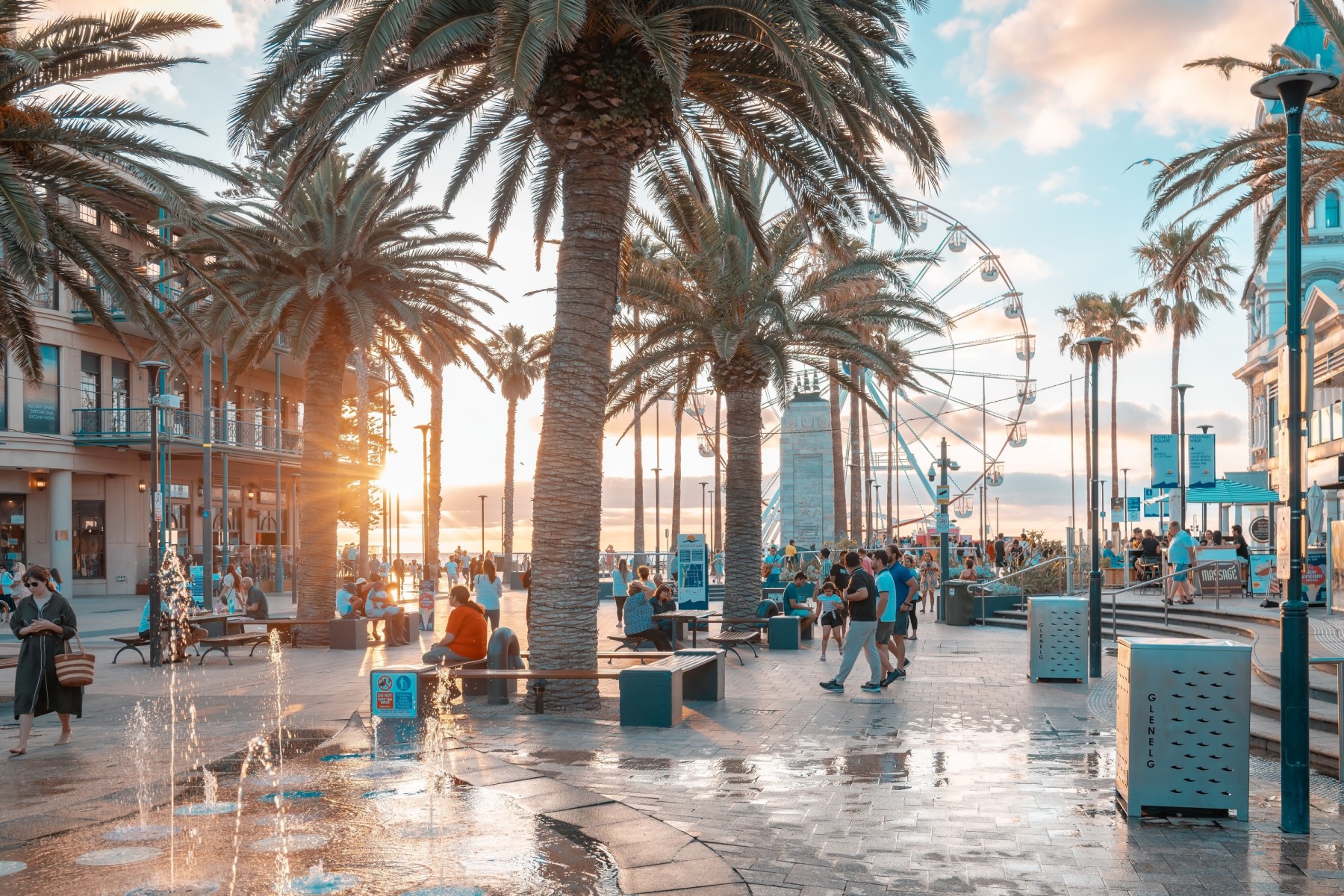
Adelaide is third on the list of most liveable cities in Australia and it ranks an impressive 9th place on the global liveability scale. The city is well known for its thriving food and wine scene, proximity to natural attractions and regular line-up of national and international events.
Tourist Attractions
- Adelaide Hills wine region
- Kangaroo Island
- South Australian Museum
- Art Gallery of South Australia
You’ll love living in Adelaide if…
You’ll love living in Adelaide if you’re looking for a culturally diverse city lifestyle without the cost of living price tag that comes with other Australian cities like Sydney, Melbourne and Brisbane.
The pros of living in Adelaide
1. Cost of living
Adelaide generally has a lower cost of living compared to major Australian cities like Melbourne or Sydney. Housing is more affordable and everyday expenses are often lower.
2. Less congestion
The city experiences less traffic congestion compared to larger cities which makes for a more relaxing and comfortable daily lifestyle.
3. Access to education and research
The University of Adelaide, Flinders University, and the University of South Australia are well-regarded institutions offering a range of programs. The city is also home to institutions like the Australian Space Agency.
5. Climate
In Adelaide you can expect mild winners and a high number of sunny days each year - perfect for those who want to make the most of the city’s close proximity to natural attractions and outdoor events.
The cons of living in Adelaide
1. Job market
As a quieter and calmer city compared to other Aussie capitals, Adelaide tends to have fewer job opportunities and average salaries can be lower than in Sydney or Melbourne.
2. Economic growth
Adelaide’s economy is traditionally more focussed on niche sectors which can limit / impact the potential for economic growth. For this reason there may also be fewer opportunities for investments and high-profile business ventures.
TIP: You can also explore our moving costs in Adelaide for practical advice on budgets, neighbourhoods, and what to expect when settling in.
4. Perth, Western Australia
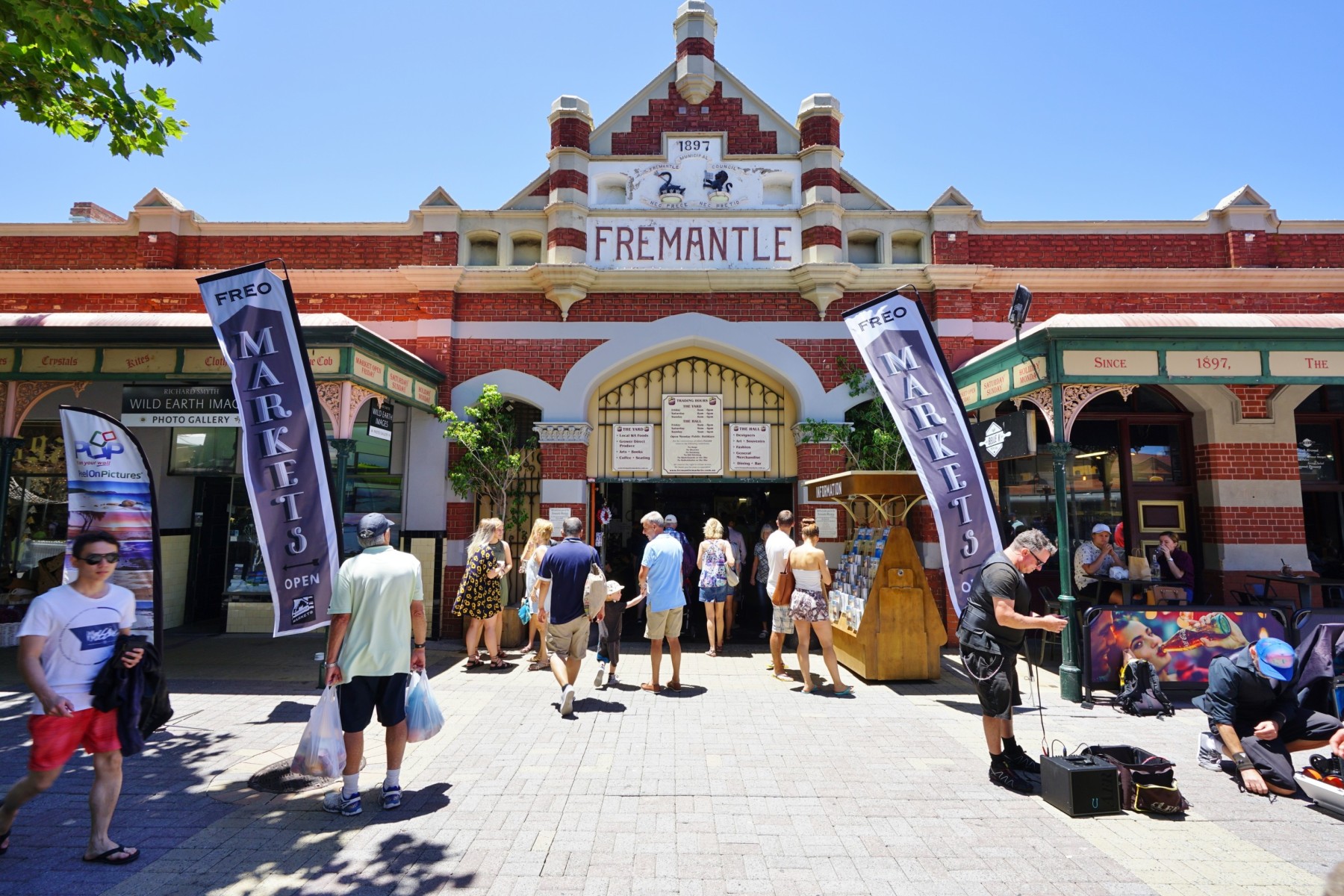
Perth is the capital city of Western Australia, is ranked as the 4th most livable city in Australia, and is the 15th most liveable city in the world. Nestled between the Indian Ocean and the Swan River, the city is a unique blend of stunning natural beauty and urban sophistication. Perth is known for its breathtaking landscapes with visitors travelling from far and wide to experience the beaches, reef, and year-round warm weather.
Tourist Attractions
- Cottesloe Beach
- Elizabeth Quay
- Kings Park Botanic Garden
- Fremantle
- Swan Valley wine region
You’ll love living in Perth if…
You’ll love living in Perth if you’re an outdoor enthusiast and enjoy spending time in nature. The city is a real blend of urban conveniences with community vibes and spectacular scenery.
The pros of living in Perth
1. Beautiful natural environment
Living in Perth gives you direct access to some of the country’s most pristine beaches and natural landscapes.
2. Weather
Perth boasts a Mediterranean climate which means long, hot summers and mild winters - perfect conditions to enjoy the natural beauty of the city and its surrounds all year long.
3. Strong economy
Perth has a robust economy driven by mining, agriculture and technology. This means job opportunities are available across a wide range of industries at almost every level.
4. Education and healthcare
Residents in Perth have access to high-level healthcare in both public and private systems and a selection of highly regarded educational institutions.
The cons of living in Perth
1. Cost of living
Perth is yet another major city impacted by cost of living increases over recent years. While, not quite on the same scale as Melbourne, Sydney or Brisbane, housing prices are still a challenge for local residents, especially in more desirable suburbs. Groceries, utilities and other everyday expenses tend to be higher in Perth than other Aussie cities too.
2. Isolation
Perth’s geographical isolation from other major cities is both a blessing and curse. While it offers a more peaceful city environment than other bustling centres, remoteness can be a con in terms of how much it costs to travel to other major cities and for those who have family connections in other parts of the country.
3. Limited public transport
Perth has a functional transport system but it is certainly not as extensive or reliable as cities such as Sydney or Melbourne. If you’re moving to Perth, be prepared to rely on cars more for your daily commutes.
TIP: You might also want to explore our how much you need to earn to live in Perth for insights into budgeting, living costs, and what you'll need to live comfortably in WA’s capital.
5. Brisbane, Queensland

Brisbane is Australia’s 3rd largest city, it is the capital of Queensland and comes in at number 16 on the global liveability list. According to this same list, Brisbane is Australia’s 5th best city to live in.
Tourist Attractions
- South Bank
- Queen Street Mall
- Kangaroo Point Cliffs
You’ll love living in Brisbane if…
You’ll love living in Brisbane if you want a balance between city living and beach lounging. Brisbane has a thriving metropolitan centre but is also in close proximity to popular Sunshine Coast and Gold Coast beaches (roughly one hour north/south). Brisbane enjoys endless long summer days, thanks to Australia's daylight savings system, despite Queensland not observing any time changes throughout the year.
The pros of living in Brisbane
1. Pleasant climate
With a subtropical climate and an average 280 sunny days each year, Brisbane offers sunseekers plenty of opportunity to enjoy the outdoors.
2. Growing economy
Brisbane’s economy is expanding particularly in the spaces of technology, healthcare and education. The Olympics are also set to be held in Brisbane in 2032, meaning the government is investing in a significant amount of new infrastructure in the area.
3. Friendly community
Queensland has a reputation as being one of the friendliest states in Australia and Brisbane is no different.
The cons of living in Brisbane
1. Extreme weather conditions
While Brisbane experiences a high number of sunny days each year, it also experiences a storm season each year. Flooding has been one of the most famous issues for the city in past years with some residents losing their homes due to the extreme weather.
2. Limited nightlife compared to other cities
Brisbane certainly has a nightlife, albeit nowhere near as vibrant as cities such as Sydney or Melbourne.
3. Public transport
Brisbane has a functional transport system but it is certainly not as extensive or reliable as cities such as Sydney or Melbourne. The coverage of bus, train and ferries does not extend to all areas meaning there are some gaps in public transport services.
TIP: If you're considering a move to Brissy, take a look at our moving costs in Brisbane which covers everything from legal fees, removalists and cleaning costs.
So what’s the best city in Australia - for you?
We’ve covered the 5 most liveable cities in the country, but ultimately the best city in Australia will be a personal choice for every individual. But by weighing up the pros, cons, attractions and vibe of the above cities you should be well-placed when it comes to understanding the type of city you want to end up in.
Ready to make the move?
When you’re ready to move, we’re here to help there too.
Get quotes from trusted removalists that can take from anywhere in the country, too anywhere in the country, and start your move with confidence.
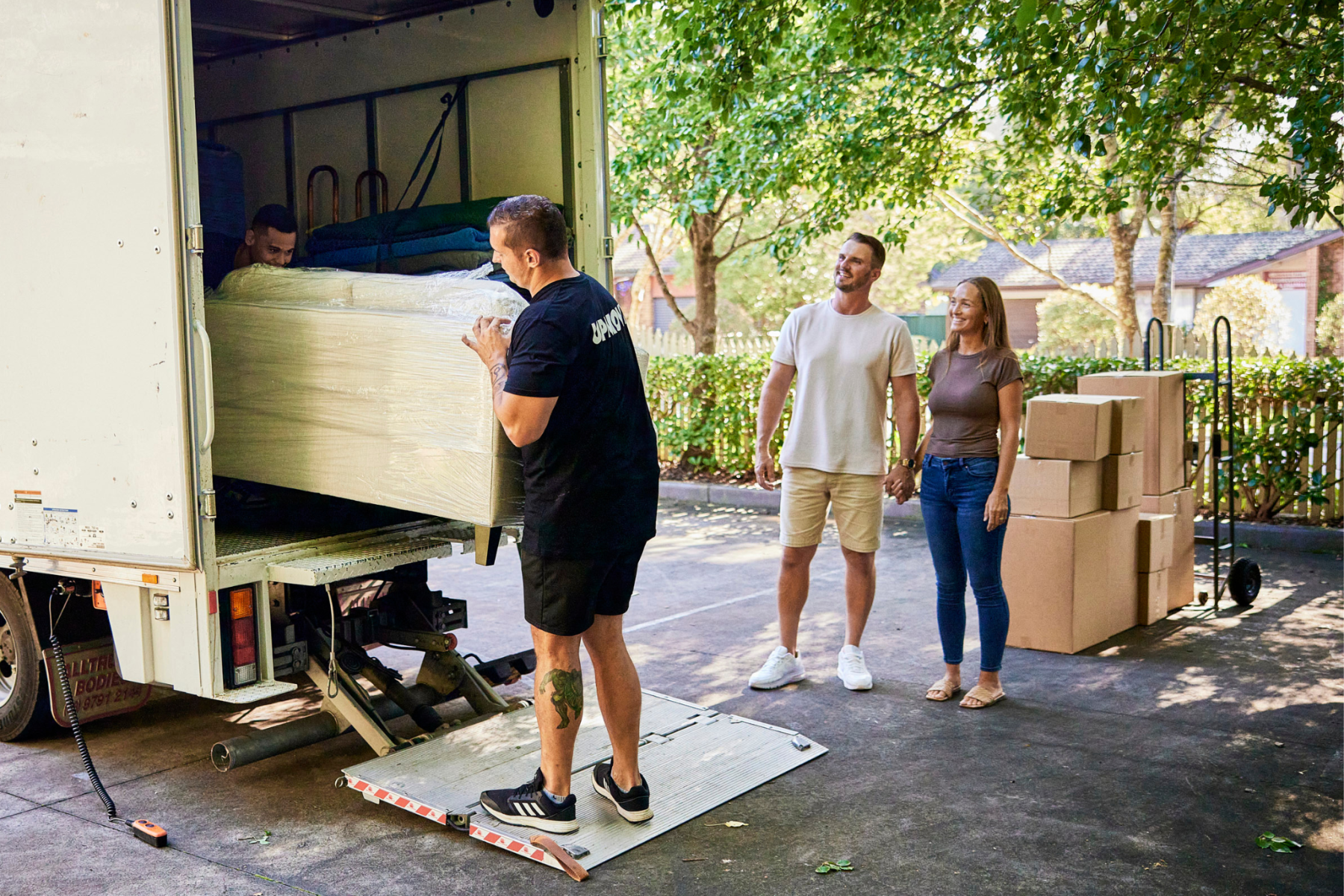
What do our customers say?


